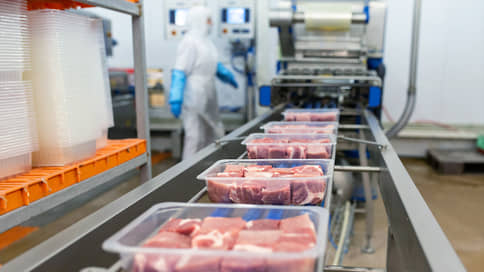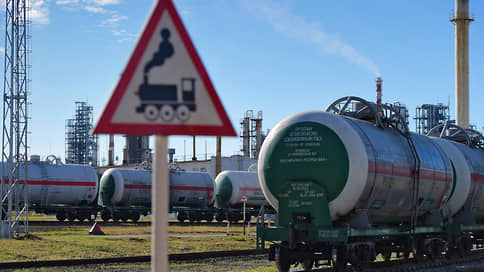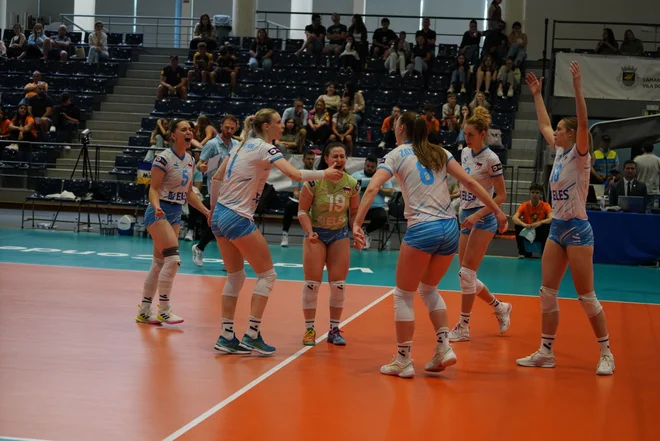AgroEko began the supply of pork to Georgia

Due to the two-time drop in business profitability, pig breeders seek to increase export. A large manufacturer of AgroEko began supplying meat in consumer packaging to Georgia. Pork abroad manages to sell more expensive than inside the country, where the annual increase in prices for many positions below inflation. This can help companies avoid reducing production. But many attractive directions for pork are closed.
AgroEko began the supply of pork in consumer packaging to Georgia, Kommersant was told in the company. Products are planned to be shipped to restaurants and retail networks. The volume of supplies in the company did not bring. The Rosselkhoznadzor previously indicated that Georgia in January -March increased the purchases of Russian pork.
GC « AgroEko » – One of the large pork manufacturers. Last year, the company took 5.6% of the market for production in a living place. This is the sixth place in the country. The volume of production from the agroeko processed pork in 2024 amounted to 214 thousand tons, adding 19.5% to the year. Then the company began deliveries to the Congo, India and Serbia.
The bet on foreign directions is made by many manufacturers. According to the National Union of Pigovods, the volume of pork exports in 2024 increased by more than a third, to 320 thousand tons. This is 6–7% of the total production. 10%are considered to be a strategic goal in the association. Kommersant Miratorg explained that export is the main reserve for balancing domestic prices and long -term financial stability of manufacturers. In the group « Cherkizovo » and GAP « Resource » to the questions « Kommersant » did not answer promptly.
According to NTECH, the wholesale cost of commodity pork on April 7-13 amounted to an average of 144 rubles. for 1 kg of live weight. During the week, the value increased by 1%, a year by a year – by 25%. But for brans, correction varies. If the brisket on the bones for a year has risen in price by 29%, to 258 rubles. per 1 kg, then a ham – only 3%, up to 265 rubles. for 1 kg. The blade added 5% per year, up to 260 rubles. per 1 kg, neck – 6%, up to 420 rubles. for 1 kg. This is below inflation, the annual level of which, according to Rosstat, in March amounted to 10.3%. Differentiation is dictated by the export potential of individual brans and the reorientation of consumers for premium meat (See “Kommersant” from February 10).
The average consumer prices for pork on April 7, according to Rosstat, amounted to 371.4 rubles. For 1 kg, adding 8.9% a year to the year. Beef and lamb rose by 14.8%, to 627.9 rubles. and 814.9 rubles. per 1 kg, respectively.
Pork is getting more slower than other products, the partner for the development of the business of the consulting company Neo Albina Koryagina states. If the products do not grow at least within the framework of inflation, this, according to her, will negatively affect the industry.
The head of the Institute for the Development of Entrepreneurship and Economics, Arthur Gafarov, estimates the current margin of pigsty at 15%. Previously, the indicator, according to him, reached 30%. The expert calls the main factor in the decline: in the cost of pork production, their share is 60–70%. The National Union of Pigovodes in its presentation (Kommersant has) notes that the cost of fodder barley and wheat in Russia increased by 40-50%over two years.
The head of the National Meat Association, Sergei Yushin, draws attention to a sharp increase in salaries in the industry (See “Kommersant” from March 26), costs of electricity, fuel, agricultural machinery and so on. All this for several years leads to a decrease in the profitability of pig farming, he says. On the horizon of three to five years, this will make further investments impossible and can help reduce production volumes, follows from the presentation of the National Union of Signs.
The attractiveness of foreign markets is explained by a higher sales price. The average cost of pork in China is two times higher than in Russia, says Mr. Gafarov. And the country, according to him, accounts for 30% of supplies abroad. But the geography of export development is limited: access to European markets from Russian manufacturers, according to Mr. Yushin, has long been not due to veterinary restrictions. Other interesting directions are closed – South Korea, Japan, the Philippines and Mexico, he lists. According to the expert, there are no negotiations on the opening with the Philippines, but, for example, with Japan, one of the world leaders in the procurement of pork, there is no dialogue.








